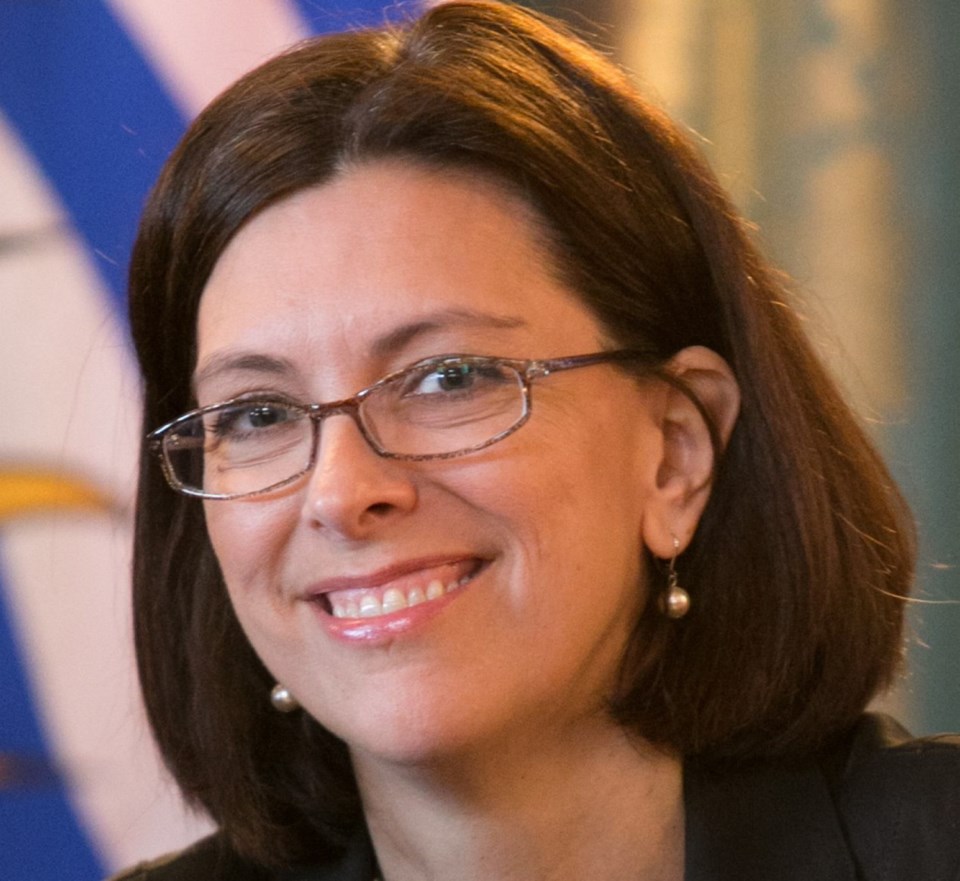A new online map will make it faster and easier for families to find youth mental-health offices across B.C., but critics say there’s no guarantee children will get help any sooner.
The provincial government said Wednesday that parents and youth will be able to use the interactive map to find services located nearest to them.
The map lists about 350 offices across the province, including the addresses and locations of intake clinics that will see families without an appointment.
Children and Family Development Minister Stephanie Cadieux said the government developed the map after hearing from families that the mental-health system was confusing and difficult to navigate.
“We figured there had to be things we could do to make that better,” she said. “So this is one of the things that we’re doing across our ministries.”
In addition, new intake clinics will allow families to meet with someone on their first visit and find out immediately whether they qualify for services, she said. “We wanted people to get in and get some answers as quickly as possible.”
Mary Ellen Turpel-Lafond, B.C.’s representative for children and youth, said she welcomed any changes that help families navigate the system.
“But there’s no new money today to enhance the services,” she said. “We don’t see a reduction in wait-lists or wait times.
“I just hope it isn’t a Snakes and Ladders-type of situation where you do get into the appropriate service, [only] to find out that you’ll have an 18-month wait.”
Turpel-Lafond said the government has yet to respond to her call for improvements to the entire continuum of services from acute to community care. “Generally, a navigation website would be something you put in at the end, after you’ve built services,” she said.
The government’s own figures show that nearly 84,000 B.C. children and youth are living with mental-health issues. Of those, 29,000 receive community services each year.
Opposition critic Doug Donaldson said the interactive map creates the “illusion” that the government is doing something without addressing the real problem. “Websites aren’t a solution when the services they direct people to are lacking,” he said. “This announcement today doesn’t include any new funding for that.”
Cadieux said the Ministry of Health spent $1.4 billion on mental-health and substance-use issues in 2013-14, while her ministry invested $93 million.
“There will be a constant pressure for more and, while we will attempt to do more where we can, the reality is we … want to make sure that we’re using what we have in place in the best way we can,” she said. “If some of that … is speeding things up for families so they don’t have to wait 12 weeks to hear whether they’re going to be referred somewhere, I think that’s a good use of money and service.”
She acknowledged, however, that people could be approved for services and still have to wait. “The reality still will be that we will serve the most urgent needs first and that will always be the case.”
The map can be viewed at health.gov.bc.ca/healthy-minds/ cymhsu-servicesmap.html.



